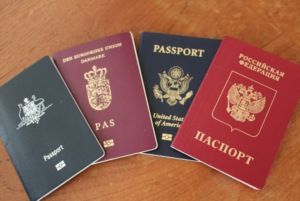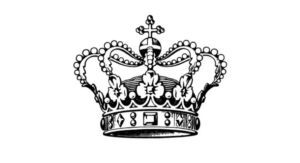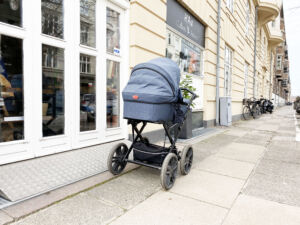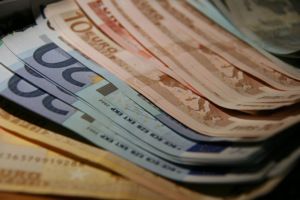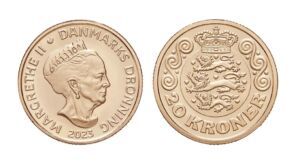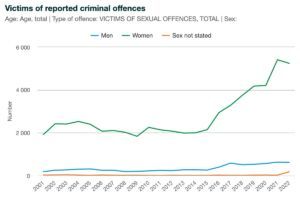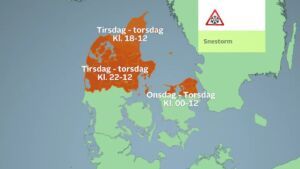News
Fewer coins in circulation
This article is more than 10 years old.
Cold hard cash losing ground to digital money
Pockets in Denmark are jingling less than they have at any time since the 1400s.
As more people use digital payment platforms like Mobile Pay and credit cards, the need for and the numbers of coins and banknotes is falling.
When cash payments can be made without cash, there is no need to produce as much hard currency.
“When people use Mobile Pay and buy things in shops with credit cards or pay using bank transfers, they do not handle cash nearly as often as they did before,” Michael Märcher, the curator at the National Museum, told Berlingske.
“The notes and coins don't get used as often, so there is less wear and less need to produce hard currency.”
Your cash ain’t nothin’ but trash
Coin production in Denmark began in the 700s. By the latter part of the 1200s, coins were the most common form of payment.
Danes have always viewed the kroner as a large part of their national identity, culminating in the year 2000, when the majority of the country voted against swapping the kroner for the euro.
READ MORE: Denmark heading towards cash-free future
Having fewer coins in circulation for the first time since the 1400s could weaken the currency’s cache as a national symbol.
“The fewer coins circulating, and the less you hold them in your hands, the less their power as national symbols,” Anders Ravn Sørensen, a researcher from Copenhagen Business School (CBS), told Berlingske.








